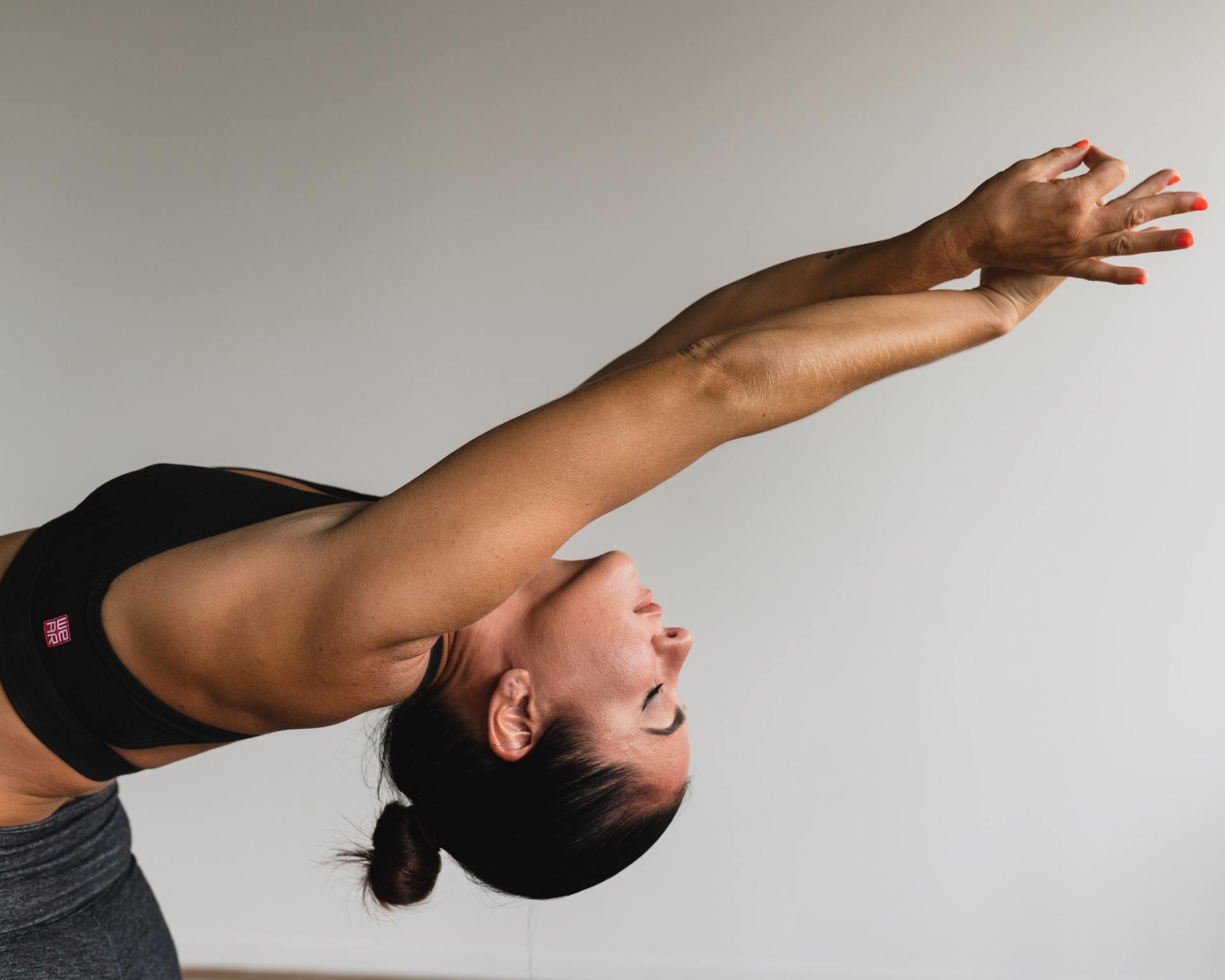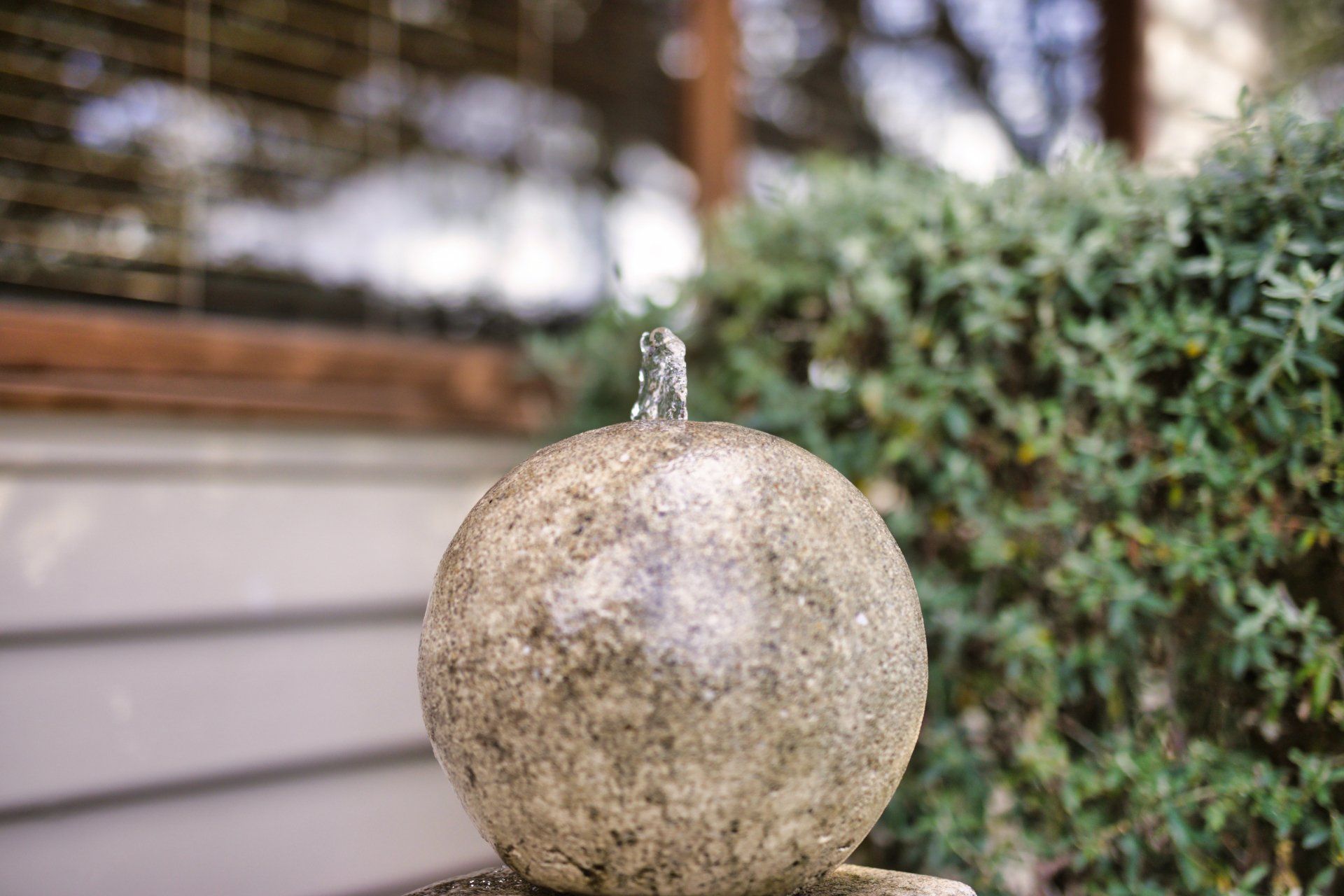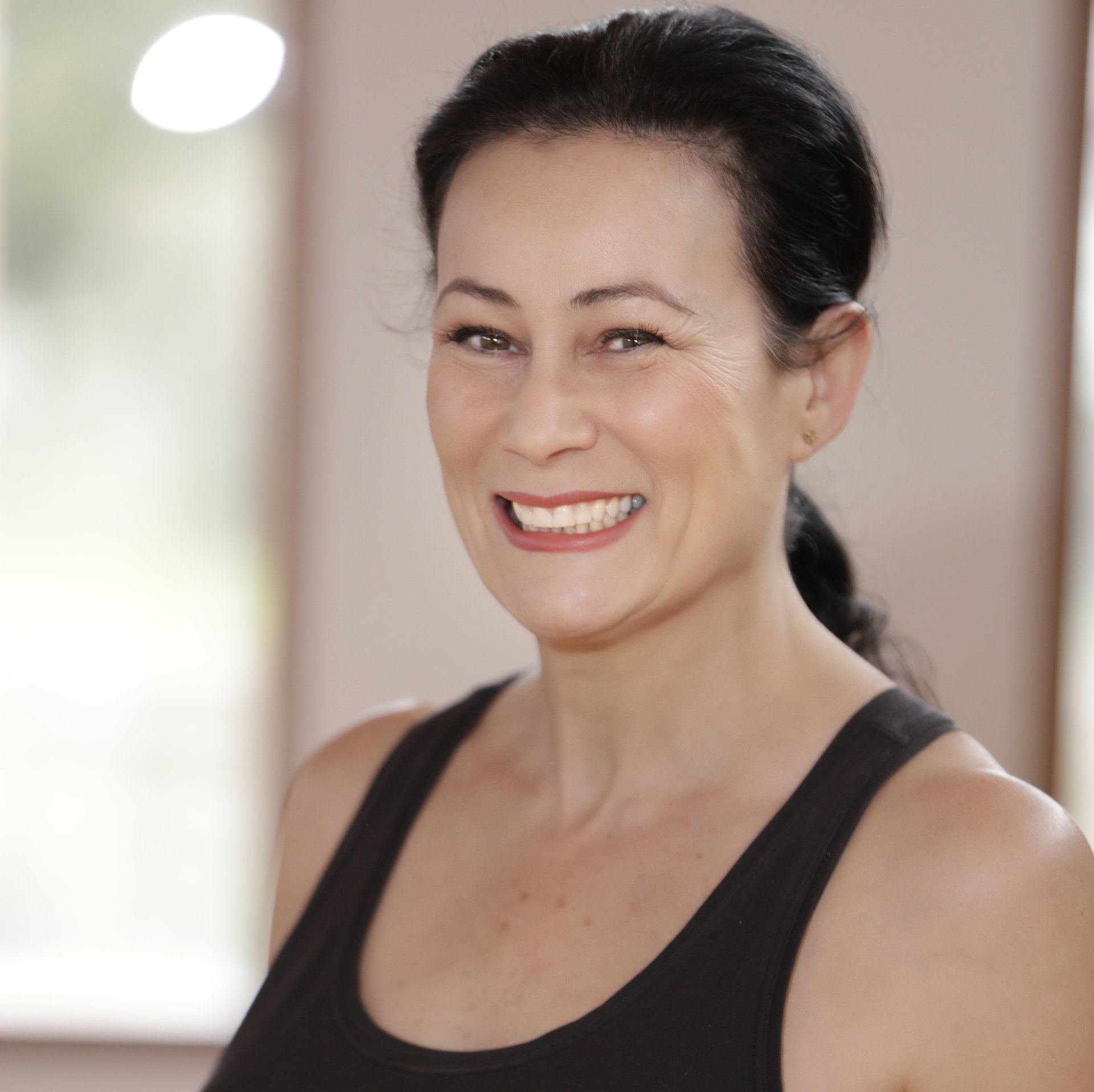Yoga and Mindfulness, Just As You Are
Annabelle Van Tongeren • November 4, 2020
It’s just about you. As you are.
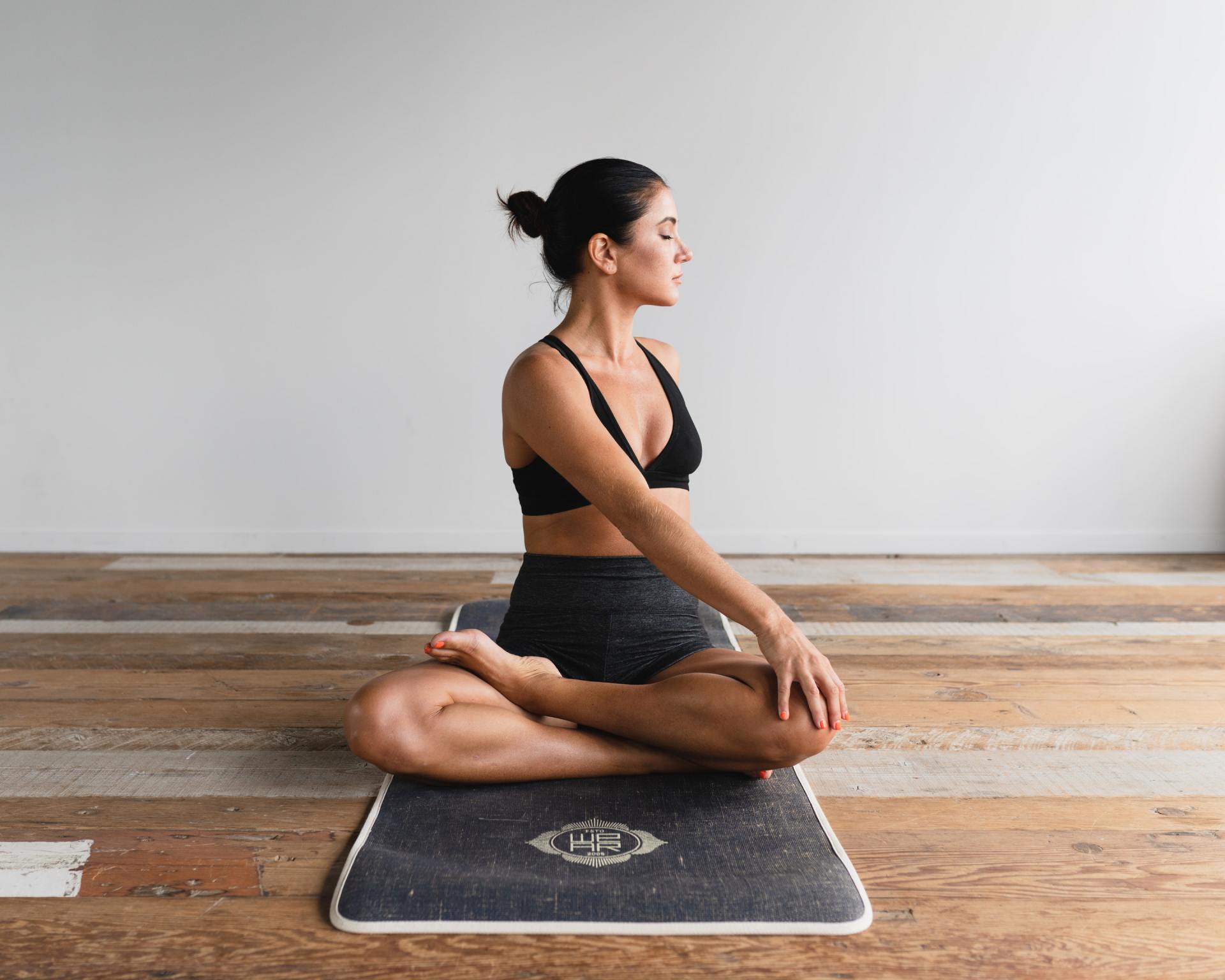
Anyone who has practiced yoga with me will know that I’m all about finding the fit that works for you. In yoga. In meditation. I used to be a stylist, (in the manic old days!) and I throw the same philosophy into teaching yoga and meditation as I did into fashion. The practice has to fit you well. It has to make you feel clear and vibrant, Grounded, focused and authentic.
Mindfulness is a conscious discipline of bringing ourselves into moment to moment awareness. Whatever is, is. Just as it is. This might be looking really intently at the texture of your morning slice of toast and really seeing it, smelling it and observing it in all it’s toasti-ness.
Or it might be allowing yourself to really sit with a headache and just be present in the components of the headache. Parking the wish for it to vanish. Taking the suggestion to swallow a pain killer out of your mind. Leaning into the sensations called Headache and really observing them, without negativity. Having a perspective of curiosity. Enquiring. This is a practice all of it’s own.
Relaxation comes in to the conversation here. Because when we stop to notice sensations we are feeling, we can also choose to let them go. Accepting that they are there. And then shifting the attention to somewhere else in the body. Or perhaps visualize breathing them out of the body. Or to expand your breath, with your mind’s eye into these places, meeting tension with softness. The mind is such a rich ground of opportunities to explore. We can choose to soften. We can imagine letting go of parts of the body, the whole body, our active thinking. The whole shebang. We don’t have to choose Relaxation as part of a mindfulness practice. They can sit separately. Or side by side in perfect balance.
Moment to moment awareness leading to letting go….. if you want to do that. And that’s up to you.
Mindfulness to Relaxation. Or Mindfulness and Relaxation as separate intentions.
In the discipline of Meditation we choose to stay present. Aware. Right there. As if suspended in a web of moments that are unfolding one by one. Without letting go. So in this little nuance, Relaxation practice and Meditation take different paths. Both very good for overtaxed nervous systems. Both very good for your overall wellbeing. But as practices, they are different. Relaxation asks us to let go. Meditation asks us to stay present. And the act of Mindfulness is the foundation for both. There is so much to explore. So many options to play with to find the kind of practice that suits you. It doesn’t have to be a set and forget situation either. Just as I might like to wear sneakers and a beanie one day and boots and a trilby the next, the choice is all yours.
Every single time you choose to be in the practice. I just think it’s important that we know what the options are, so we can dig into the wonderful, rich toolbox of the art of yoga and meditation and pull out the elements that will support us on this day, in this moment. There is no right or general fit to this. It’s all about what fits you. Just as you are. And that’s why I love teaching this stuff. Opening the door to all the misconceptions and "Should's" around these practices and gently ushering them out!
It’s just about you. As you are.
Annabelle Van Tongeren
Annebelle teaches all level yoga classes in a Slow Flow style with an emphasis on breath awareness, inclusivity and mindful attention on how you're feeling right at this moment in your body, your mind and your heart. After finishing the diploma of Yoga Teacher Training at Sydney's renowned The Yoga Institute, and taught directly by yoga luminary Michael de Manincor, Annebelle undertook another level of study completing the Advanced Diploma of Yoga Teacher Training the following year. She also studied I-Rest Yoga Nidra, is qualified to teach Yoga for Pregnancy and Post Natal Yoga and has continued to deepen her understanding of this ancient wisdom for modern living with other trainings including some with the well respected yoga educator and co-author of Yoga Anatomy, Leslie Kaminoff.
Before her certification with Yoga Australia, Annebelle had a long career in fashion styling, but chose to leave that world and follow her heart into yoga teaching. The concept of tailoring yoga practice to meet the physical and emotional needs of each person resonated with what she offered previously in personal styling. Tailoring yoga practice to the needs of the individuals present made perfect sense. Because every person who steps onto a mat has specific reason for doing so. Annebelle moved to the Bass Coast mid 2017 after spending decades of family summer holidays down here, creating a more balanced life away from the hustle and bustle of Sydney.
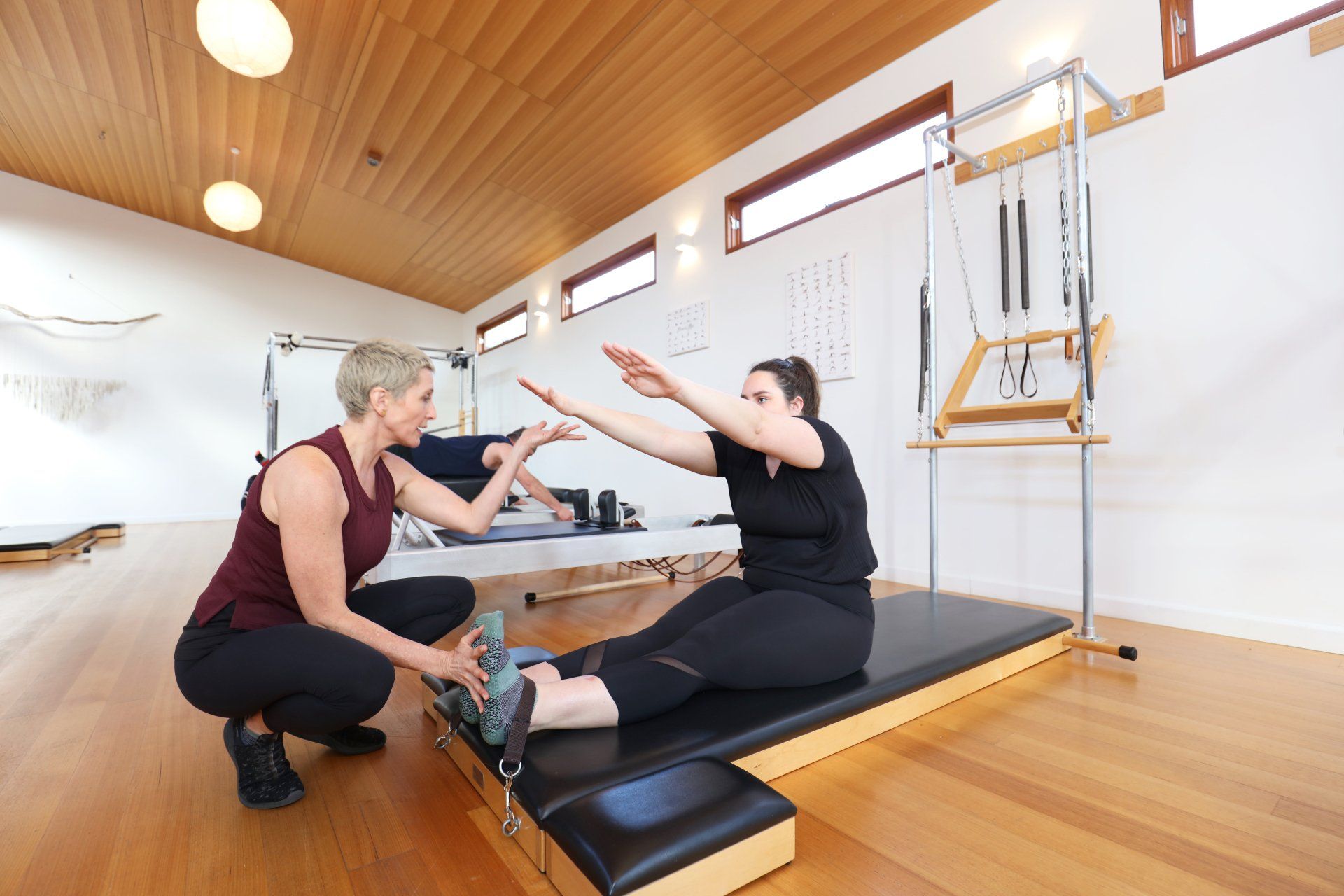
There are 2 good reasons to become an independent client. The first reason is because that's what Joseph Pilates expected of clients learning his method of Pilates called "Contrology". A client was to learn their specific exercises and then join a group of clients in an open workout. Clients were not herded together to do the same exercises, waiting upon every word being spoon feed by an instructor. On the contrary, clients had to remember, engage, repeat, feel and listen to their bodies as they moved through their indivualised programs. The benefit for both teacher and student is, that the instructor is not repeating the set up, where the arms and legs go every class. More importantly, the instructor is watching how the client is moving and gives corrections that deepen the clients engagement to their core. The clients is thinking and feeling their body actively not passively waiting what to be told to do.
The second reason, is because research proves that when you take responsibility for your workouts and
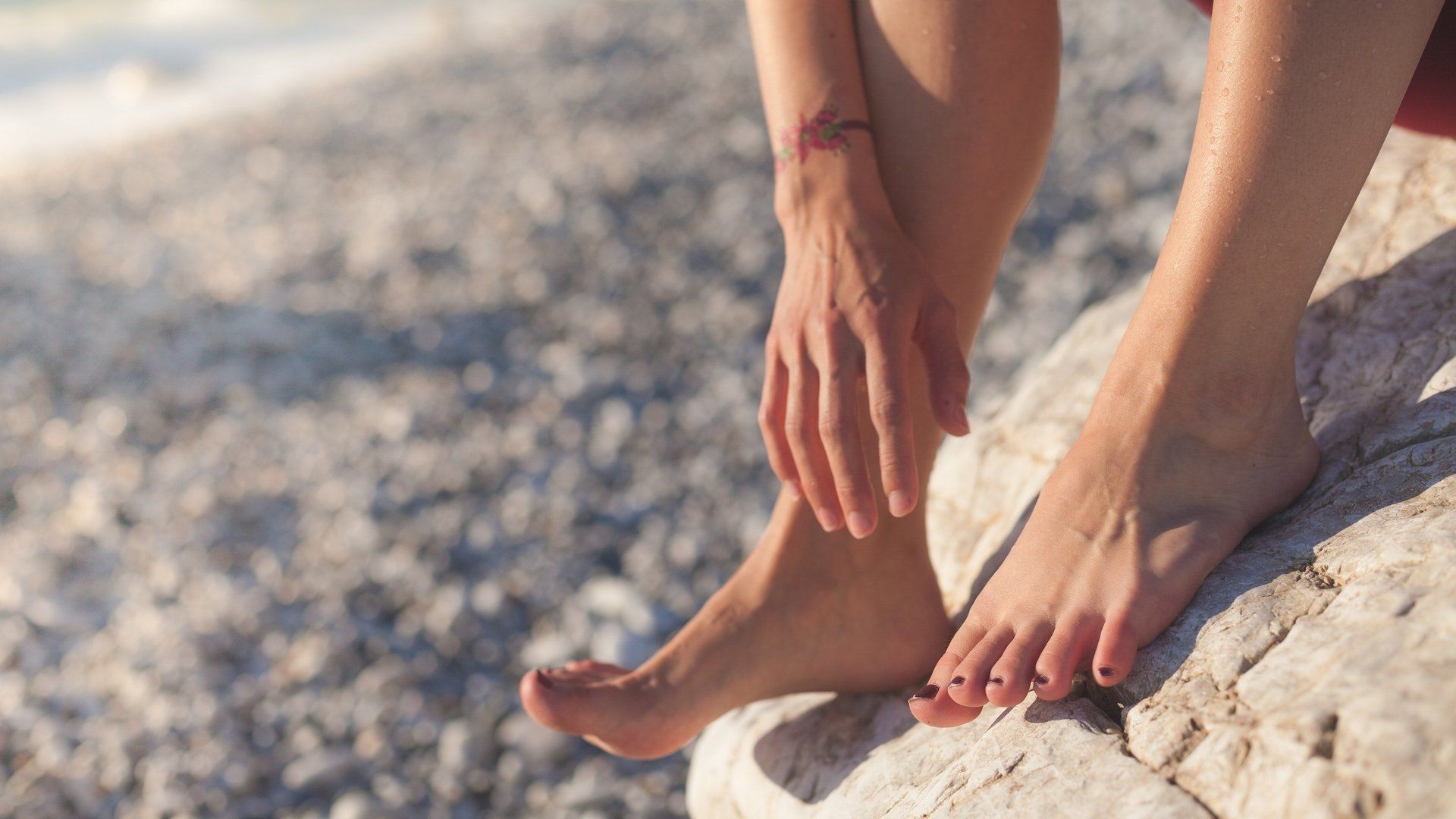
Podiatry deals with the prevention, diagnosis, treatment and rehabilitation of medical and surgical conditions of the feet and lower limbs. The conditions podiatrists treat include those resulting from bone and joint disorders such as arthritis and soft-tissue and muscular pathologies, as well as neurological and circulatory disease. Podiatrists are also able to diagnose and treat any complications of the above which affect the lower limb, including skin and nail disorders, corns, calluses and ingrown toenails. Foot injuries and infections gained through sport or other activities are also diagnosed and treated by podiatrists.
A range of skills are employed by podiatrists. Direct consultations include a clinical history composition, physical examination, diagnosis, preparation of a treatment plan and provision of a range of therapies. Clinical assessment techniques aim to secure a diagnosis and prognosis and take into account clinical, medical and surgical history, footwear, occupational and lifestyle factors

